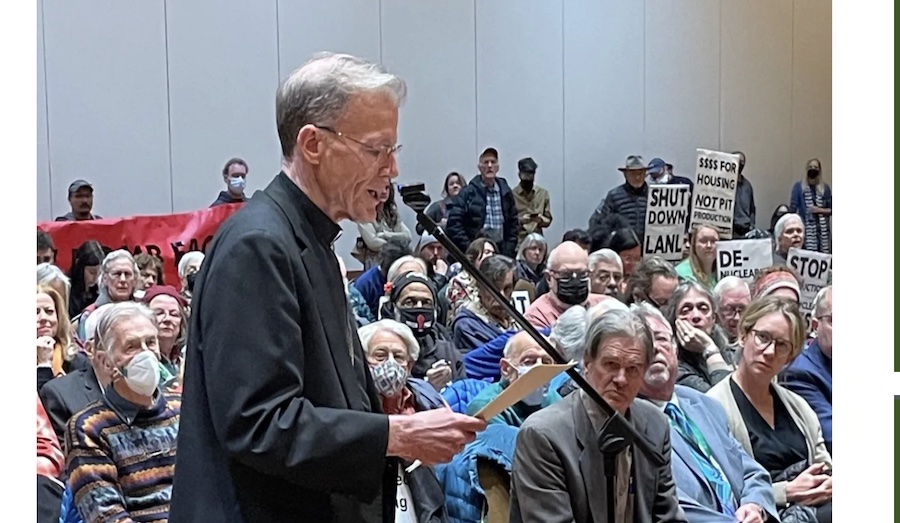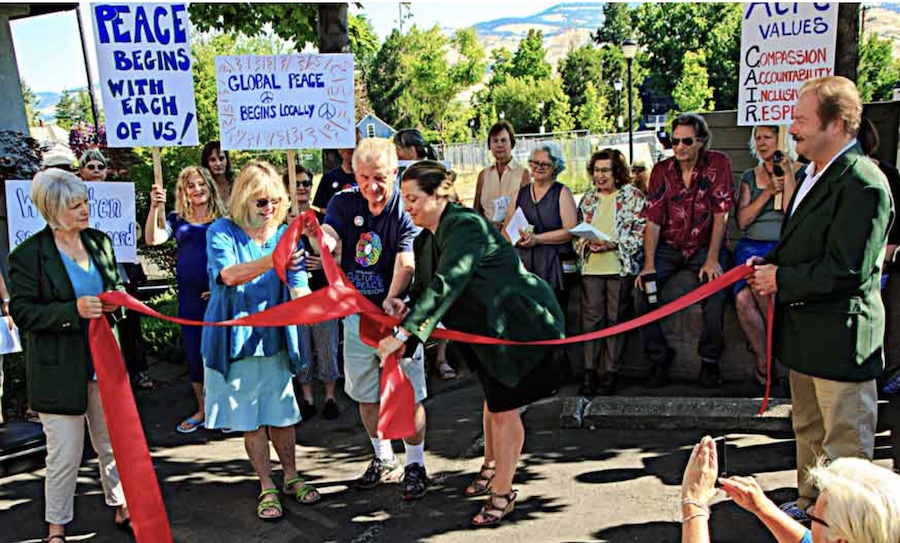. . HUMAN RIGHTS . .
An article by Brett Wilkins from Common Dreams (reprinted according to license of Creative Commons CC BY-NC-ND 3.0)
The American Anthropological Association on Monday became the largest U.S. academic association to endorse a Palestinian call to boycott Israeli universities and other institutions complicit in what the group called Israel’s “apartheid regime.”

In a major victory for the Boycott, Divestment, and Sanctions (BDS) movement for Palestinian human rights, more than 7 in 10 of the 37% of American Anthropological Association (AAA) members who participated in the monthlong referendum voted in favor of a motion to back the boycott of Israeli academic institutions.
With 12,000 members, the AAA is the largest U.S. scholarly group to support BDS’ boycott call. The motion applies only to institutions, not individual anthropologists.
“This was indeed a contentious issue, and our differences may have sparked fierce debate, but we have made a collective decision and it is now our duty to forge ahead, united in our commitment to advancing scholarly knowledge, finding solutions to human and social problems, and serving as a guardian of human rights,” AAA president Ramona Pérez said in a statement.
“AAA’s referendum policies and procedures have been followed closely and without exception, and the outcome will carry the full weight of authorization by AAA’s membership,” Pérez added.
The AAA motion, drafted in March, notes that ever since the Nakba, the 1947-49 dispossession and expulsion of more than 700,000 Arabs by Zionist Jews establishing the modern state of Israel, “Palestinians—including activists, artists, intellectuals, human rights organizations, and others—have documented and circulated knowledge of the Israeli state’s apartheid system and ethnic cleansing.”
“The Israeli state operates an apartheid regime from the Jordan River to the Mediterranean Sea, including the internationally recognized state of Israel, the Gaza Strip, and the West Bank,” the motion asserts, adding that “Israeli academic institutions are complicit in the Israeli state’s regime of oppression against Palestinians… including by providing research and development of military and surveillance technologies used against Palestinians.”
(continued in right column)
Presenting the Palestinian side of the Middle East, Is it important for a culture of peace?
Israel/Palestine, is the situation like South Africa?
(continued from left column)
“Israeli academic institutions do not provide protections for academic freedom, campus speech in support of Palestinian human and political rights, nor for the freedom of association of Palestinian students on their campuses,” the document continues. “Israeli academic institutions have failed to support the right to education and academic freedom at Palestinian universities, obstructing Palestinian academic exchanges with academic institutions in the U.S. and elsewhere.”
In a statement, the Palestinian Campaign for the Academic and Cultural Boycott of Israel (PACBI) said, “We thank the many AAA members who worked tirelessly to ensure the association was on record as refusing ties with Israeli universities complicit in Israel’s crimes against us. We thank those who took the time to learn from and listen to indigenous Palestinian voices.”
“The AAA membership vote to boycott complicit Israeli universities is wholly consistent with the association’s stated commitment to anti-racism, equality, human rights, and social justice and furthers the drive to decolonize anthropology and academia in general,” PACBI added.
The motion notes that a United Nations special rapporteur and groups including Amnesty International, Human Rights Watch, and B'Tselem—an Israeli organization—"have confirmed that Israeli authorities are committing apartheid against the Palestinian people, and have documented the institutionalization of systematic racial oppression and discrimination."
Others who have condemned Israeli apartheid include former U.S. President Jimmy Carter and South African cleric and activist Desmond Tutu—both of whom were awarded the Nobel Peace Prize—and multiple cabinet-level former Israeli government officials.
Focusing on its field of expertise, AAA’s motion claims “anthropological frameworks and methods, ethnographic and archaeological, are actively used by the Israeli state to further its system of apartheid and ethnic cleansing,” and that the organization’s 1999 Declaration on Anthropology and Human Rights states that “anthropology as a profession is committed to the promotion and protection of the right of people and peoples everywhere to the full realization of their humanity.”
Therefore, according to AAA, anthropologists have an “ethical responsibility to protest and oppose” human rights crimes, and “the discipline of anthropology, as the study of humanity, bears a distinct and urgent responsibility to stand against all forms of racism and racist practices.”
AAA also highlights U.S. financial, military, and diplomatic support for Israel, which the group calls “decisive” in “enabling and sustaining” Israeli apartheid, including the 56-year illegal occupation of the West Bank and East Jerusalem, the unlawful construction and expansion of Jewish-only settler colonies there, and the “ongoing siege of the Gaza Strip.”
Last year, the Middle East Studies Association, the leading learned organization dedicated to study of the region, voted 768-167 to join the BDS movement, which counts more than 350 academic departments, programs, centers, unions, and societies worldwide among its supporters.








